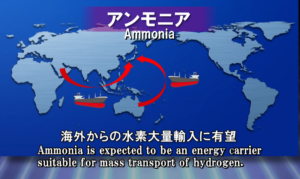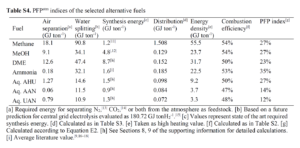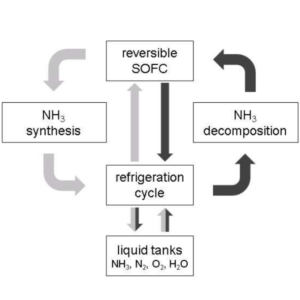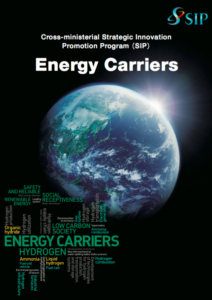GenCell launches commercial alkaline fuel cell using cracked ammonia fuel
GenCell Energy, the Israeli fuel cell manufacturer, has made two major announcements in the last month. In June, it unveiled its ammonia-fueled alkaline fuel cell system. In July, it announced its first commercial customer. Its A5 Off-Grid Power Solution is a "nano power plant that operates fully independent of the grid." The first phase of product trials, using ammonia as a fuel to provide uninterruptible power to cell phone masts, will begin in Kenya by the end of this year, and "product roll-out" is expected in the second half of 2019.







